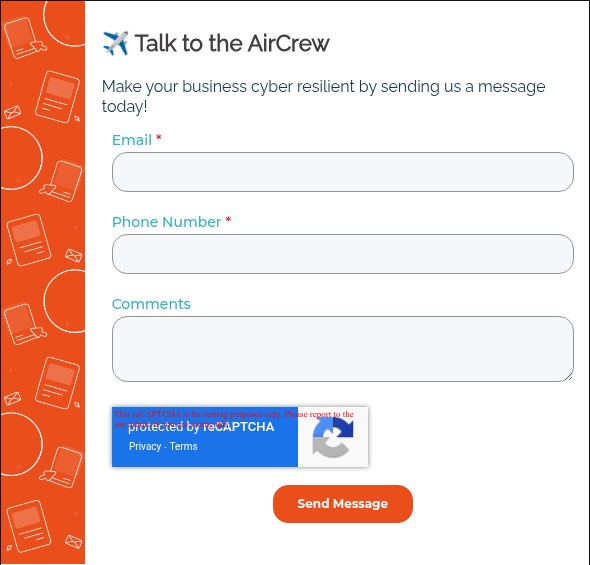Cybersecurity isn’t just about firewalls and patches. It’s a constant battle against threats that lurk in the shadows of your network. In today’s post, we’re cracking open the crypt to share stories from the Security Operations Center (SOC), where AI faces off against the digital undead.
These aren’t your typical movie monsters. We’re talking about dormant malware, lateral movement, insider threats, and zero-day exploits; stealthy, persistent dangers that refuse to die. Fortunately, AI is proving to be the ultimate vampire slayer in modern cybersecurity. With AI-powered threat detection in SOC environments, security teams are uncovering hidden dangers, stopping attacks in their tracks, and protecting organizations from the monsters within.
1. AI Hunts Dormant Malware
Malware doesn’t always attack immediately. Some threats lie in wait, quietly evading detection for weeks or even months. These are the sleeping vampires of your network.
AI-powered threat detection tools use behavioral analysis and anomaly detection to spot these threats before they awaken. By continuously learning from network activity, AI can flag unusual patterns—like a user accessing files they’ve never touched before or a device communicating with a suspicious external server. Airiam’s SOC team leverages AI to proactively identify and isolate these threats before they cause damage.
2. AI Stops Lateral Movement: The Vampire Outbreak
Once inside, attackers often move laterally across systems to find valuable data. This is the digital equivalent of a vampire outbreak spreading through the village.
AI maps normal user behavior and network flows, then detects when something deviates. For example, if a compromised account starts accessing HR files or jumping between servers, AI raises the alarm. This kind of intelligent monitoring helps contain threats before they spread, keeping your network safe from infection.
3. AI Exposes Insider Threats: Ghosts Within the Castle
Not all threats come from outside. Disgruntled employees or careless insiders can cause major breaches. These are the ghosts haunting your organization from within.
AI tools analyze user behavior over time to detect subtle signs of risks like downloading large volumes of data, accessing systems at odd hours, or bypassing security protocols. These insights help security teams intervene early, protecting the organization from internal sabotage.
4. AI Defends Against Zero-Day Exploits: The Shapeshifters
Zero-day exploits target unknown vulnerabilities, making them especially dangerous. Traditional defenses often struggle here, but AI excels by focusing on behavior rather than known signatures.
If a new piece of software starts modifying registry keys or spawning unexpected processes, AI flags it instantly. This proactive approach gives your team a fighting chance against threats that haven’t even been documented yet.
AI: Your Cyber Vampire Slayer
Zero-day exploits are the shapeshifters of the cyber world. They target unknown vulnerabilities, making them especially dangerous and hard to detect.
Traditional defenses struggle here, but AI excels by focusing on behavior rather than signatures. If a new piece of software starts doing something suspicious—like modifying registry keys or spawning unexpected processes, AI can flag it instantly. This proactive defense gives your team a fighting chance against threats that haven’t even been documented yet.
Recap: Four Ways AI Slays the Undead in Your SOC
- Hunts dormant malware
- Stops lateral movement
- Exposes insider threats
- Defends against zero-day exploits
Ready to turn your SOC into a fortress? Let AI be your vampire slayer.
Watch Our Video
Get Started With AI-Powered Threat Detection in SOC
Got questions? We have answers.


